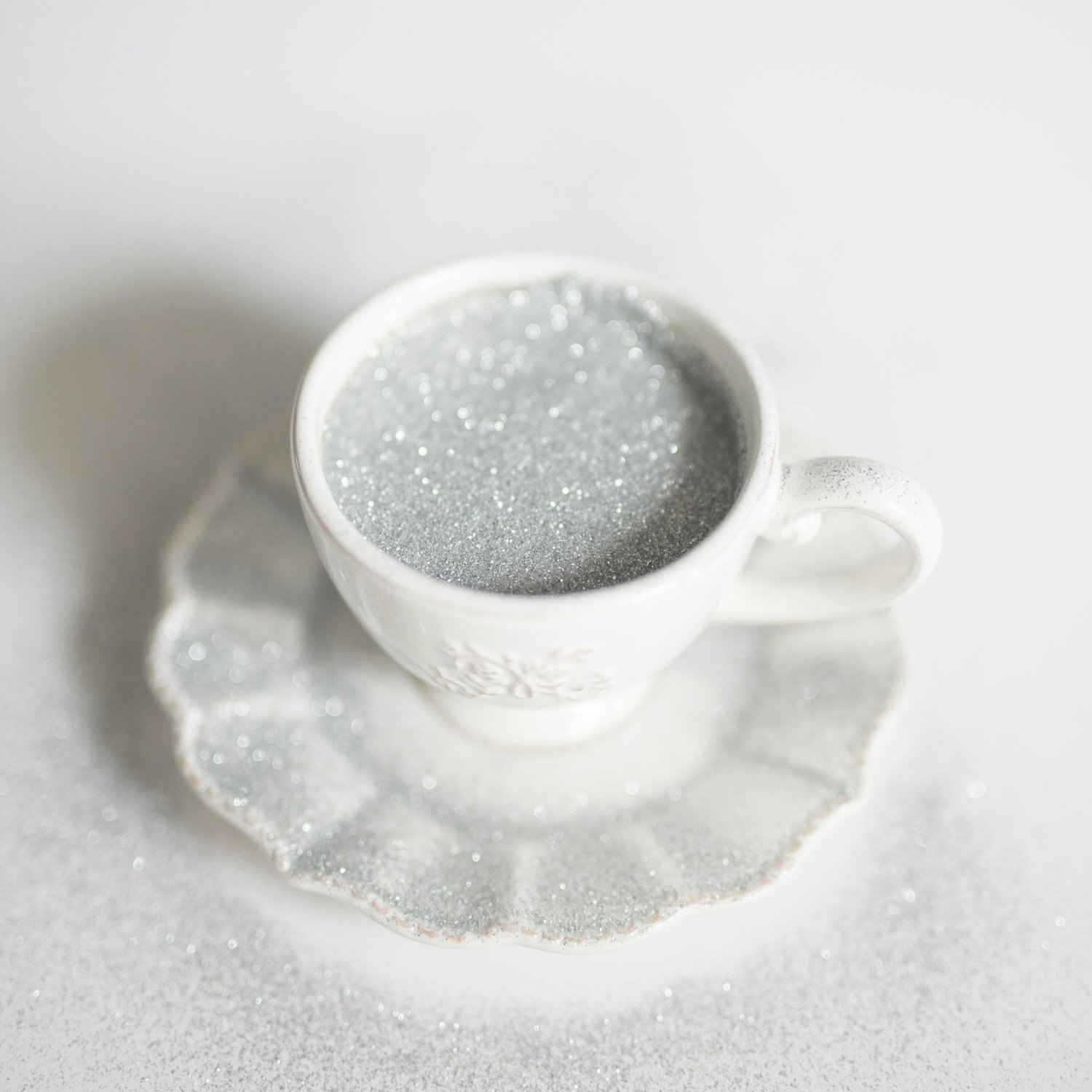Eating More Of These Foods Could Help Lower Disease-Causing Inflammation. So What Are They Exactly?
by The Candidly Team
Maybe you’ve heard the term “anti-inflammatory diet” around somewhere lately. Perhaps in an ad for yet another new meal-delivery service. Or from a friend who greatly overestimates our interest in her “health journey.”
Well, a big reason for that is probably due to the very real links being made between a highly inflammatory diet and disease. Heart disease. Cancer. You name it.
Generally speaking, chronic inflammation has been associated with autoimmune diseases, heart disease, high blood pressure, certain cancers, gastrointestinal diseases, lung disease, Type 2 diabetes, and neurodegenerative diseases like Alzheimer’s.
“Chronic inflammation is when your body is in a constant state of sending off inflammatory cells without ever reaching the point of healing,” said Rahaf Al Bochi, RDN, LD in an interview with EatingWell. “This long-term inflammatory state can have a detrimental effect on your body’s tissues and organs.”
It’s understandable why we’d want to avoid inflammatory foods and eat more anti-inflammatory ones. But that really just leaves us with one question:
What the hell are inflammatory and anti-inflammatory foods?
Medical studies aside, we’re ready to have it broken down like we’re a 6-year-old. Or better yet, to be told the specific things we can actually add and subtract from our shopping list. You too?
Ok, let the list-making begin:
Inflammatory Foods It’s Best To Avoid
We can’t talk about anti-inflammatory foods without first really getting to know the inflammatory ones. Here are some of the critical things to avoid:
Red meat: We will keep watching as more research comes out to see if some red meat is healthy, but at this point in time red meat, with its high trans fat content is linked to higher inflammation.
Processed meat: Bacon, sausage, hot dogs, lunch meats, bologna, salami etc.
Packaged baked goods: we had a feeling about this one.
Refined carbohydrates: such as bread, pastries, and pasta (sadly), things made with white flour
Fried foods: French fries, fried chicken, donuts
Added sugars: found in things like candy, jelly, ice cream, sodas, syrup but also sweetened drinks, yogurts, cereals, bars, store-bought salad dressings
Trans fats: commonly found in margarine, shortening, microwave popcorn, refrigerated doughs, baked goods, nondairy coffee creamers, certain snack foods and frozen foods, and some foods made in restaurants (oof)
Soda and other sugar-sweetened beverages: we mentioned it before but it deserves its own category
Anti-Inflammatory Foods We Can Go To Town On
"One of the simplest things you can do to eat in an anti-inflammatory way and prevent disease is to eat a diet high in fiber," said dietitian Pamela Fergusson, RD, Ph.D. in an interview with EatingWell. We did a deep dive into fiber HERE, but there’s also quite a bit of common sense involved. “Anti-inflammatory foods tend to be the same as those that keep you healthy in other ways,” according to the Mayo Clinic. “Foods, like fruits and veggies, help the body fight against oxidative stress, which can trigger inflammation.” This means more whole foods and less processed foods. But let’s get more specific.
Here are some anti-inflammatory foods to start adding in. We divided it up predominantly by color, because it can get overwhelming, and like we said, we’re 6-year-olds:
ORANGE: citrus fruits such as oranges, grapefruit and pomelos, pumpkin, bell peppers, carrots
GREEN: kale, broccoli, spinach, Swiss chard, arugula and endive
BLUE/PURPLE: blueberries, blackberries, plums, concord grapes
RED: cherries, tomatoes, apples, berries, radishes, pomegranates
BROWN/ BEIGE: nuts (walnuts, almonds), seeds (chia, flax, hemp) beans and legumes, whole grains
WHITE/ PINKISH: onions, cauliflower, fatty fish like salmon, mackerel, tuna, sardines, Greek yogurt (not sweetened)
Ok, now for some grown up, non-color categories:
Cruciferous veggies: think broccoli, cauliflower, cabbage, kohlrabi, turnips, radishes
Plant-based proteins: beans, legumes, lentils (yummy lentil pasta)
Spices and herbs: ginger, garlic, turmeric, cardamom, black pepper, cinnamon, rosemary.
Whole grains: wheat, oats, rye, buckwheat, millet, quinoa, brown rice
Fatty fish: salmon, mackerel, tuna, sardines
If this is all sounding a lot like what you generally hear about how to eat healthy or lose weight that’s because it really is related to the same old principles we’ve sort of known for years. You know the Mediterranean Diet that’s been talked about for decades. Yeah, that’s still holding up as possibly the healthiest way to eat. Most recently, it was linked to lower blood sugar and the slowing of brain shrinkage, so we’re personally pretty sold.
Note: This list was compiled from Harvard Health and Mayo Clinic
Non-dietary Things To Reduce Inflammation
All of that said, there is more than diet that can reduce inflammation
Sleep 7-8 hours a night.
Seek out ways to alleviate stress. Easier said than done but we did make a handy list HERE.
Get at least 150 minutes of aerobic exercise per week.
Do at least an hour of strength training a week.
Avoid too much sitting. It’s truly terrible for us, guys.
Avoid smoking and drinking too much alcohol.
Again, so much of this will feel like common sense, but the goal is really as simple as making choices that bring us closer to lower inflammation levels, so we can enjoy our lives for longer and in better condition. So when we make those tiny little choices of what to toss into our shopping cart, we’re actually doing something monstrously huge for our health.
This article is for informational purposes only. It is not intended to be used in place of professional advice, medical treatment, or professional care in any way. This article is not intended to be and should not be a substitute for professional care, advice or treatment. Please consult with your physician or healthcare provider before changing any health regimen. This article is not intended to diagnose, treat, or prevent disease of any kind. Read our Terms & Conditions and Privacy Policy.







